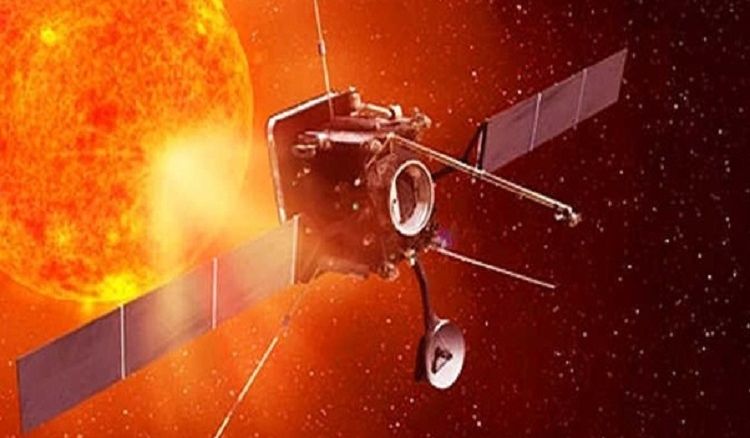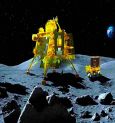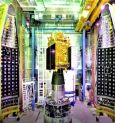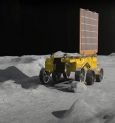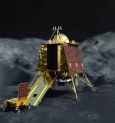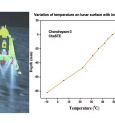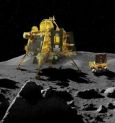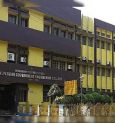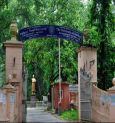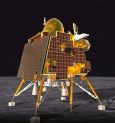In a few days following the success of Chandrayaan-3, the Indian Space Research Organisation (ISRO) has turned its focus towards the sun with the launch of the Solar Orbiter, Aditya-L1, on Saturday. At 11:50 AM on Saturday, India's Polar Satellite Launch Vehicle (PSLV) lifted off from the Satish Dhawan Space Research Centre in Sriharikota, Andhra Pradesh, carrying the Aditya-L1 on its shoulder.
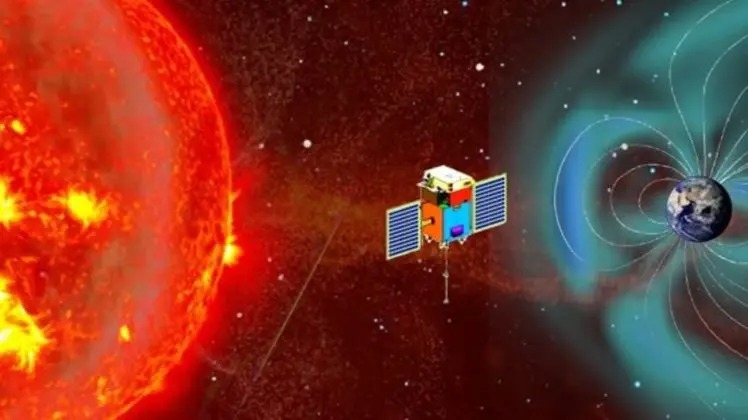
Aditya-L1 is India's first space mission directed towards the Sun, which is also known as Aditya. The mission's name is inspired by this association with the sun, as per ISRO.
Aditya-L1 will establish itself in a 'halo' orbit around Lagrange Point 1 (L1), situated in the middle of the Sun and Earth. From there, it will observe the sun, serving as a critical tool for solar and space research.
ISRO's Aditya-L1 spacecraft will cover a distance of approximately 1.5 million kilometres from Earth. It will take at least 125 days to reach its designated orbit. Similar to the moon, it will gradually change its orbit to approach the sun.
Aditya-L1 carries a total of seven payloads, each referred to as his 'hand.' The success or failure of ISRO's Solar Mission relies heavily on these payloads.
According to ISRO, the payloads on Aditya-L1 have been divided into two categories: four remote sensing payloads and three in-situ payloads.
The remote sensing payloads include:
- Visible Emission Line Coronagraph (VELC)
- Solar Ultraviolet Imaging Telescope (SUIT)
- Solar Low Energy X-ray Spectrometer (SoLEX)
- High Energy L1 Orbiting X-ray Spectrometer (HEL1OS)
In-situ payloads include:
- Aditya Solar Wind Particle Experiment (ASPEX)
- Plasma Analyzer Package for Aditya (PAPA)
- Advanced Tri-axial Heliospheric Digital Magnetometer (ATHDEM)
The corona, the outermost layer of the sun, is of particular interest. The VELC payload will work on capturing images of this region, while the spectroscopic observations will be carried out by VELC and SUIT.
Spectroscopy involves the study of the spectrum of light, and in this context, it will help understand how light is emitted from the solar corona as well as the characteristics of electromagnetic radiation in this region.
SUIT's work will extend to the photosphere and chromosphere, which are other layers of the Sun. It will capture images of these layers and send them back to ISRO for analysis.
Aditya-L1's SoLEX payload will observe and analyse the X-rays from the sun, helping gather crucial data about the solar atmosphere.
The in-situ payloads, ASPEX, PAPA, and ATHDEM, will focus on analysing solar particles and the solar magnetic field, providing valuable insights into the behaviour of protons and heavy ions in the Sun's vicinity.
Finally, the seventh payload, ATHDEM, will be responsible for studying the solar magnetic field at the L1 point.
Aditya-L1 will spend approximately 16 days reaching its designated orbit after launch. During this time, it will undergo five orbit-raising manoeuvres to gradually increase its velocity, allowing it to reach its stable position to observe the sun from the Lagrange Point.
ISRO's Solar Mission promises to provide new and essential information about the Sun, furthering India's and Earth's scientific understanding of our closest star.
 বাংলায় পড়ুন
বাংলায় পড়ুন


